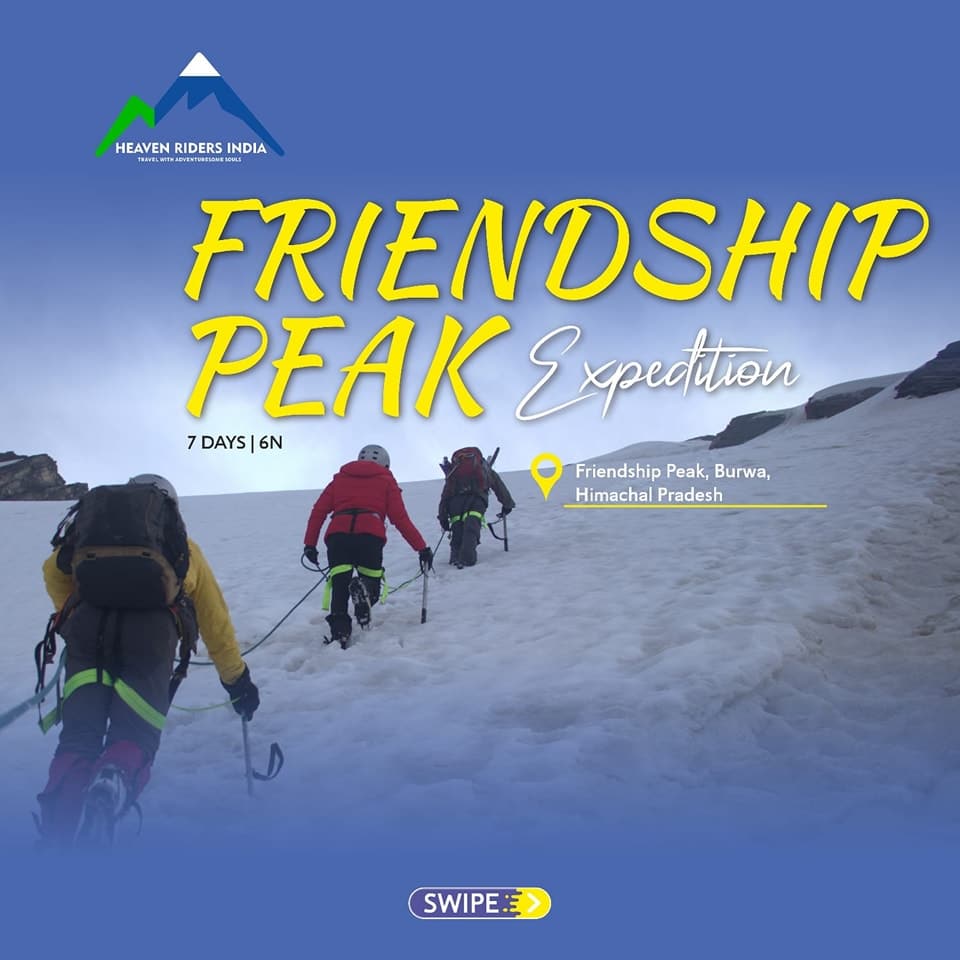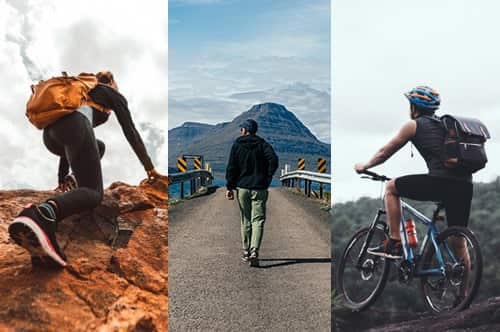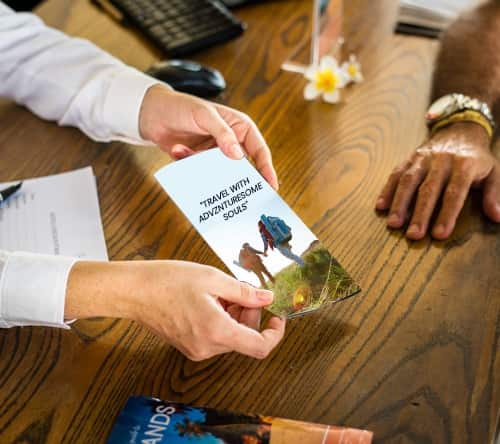Victory Over the Himalayas: My Experience on the Friendship Peak Expedition
There are treks, and then there are adventures that change the course of life. The Friendship Peak Expedition was a trek, a foray into nature, a battle of endurance, and a pilgrimage all in one. Aspiring to 5,289 meters (17,346 feet) above sea level in the Pir Panjal Himalayan range of India, Friendship Peak is both an inviting challenge and a challenging test for mountaineers and trekkers in Himachal Pradesh.
I had long fantasized about being on a Himalayan summit for years. It was finally brought to life when I joined the Friendship Peak Expedition. I trained for months, developing endurance, developing strength, and hardening mentally. No preparation, however, could ever really ready me for the magic—and mayhem—that awaited me in the mountains.
Arriving at the Base
The trek started from Manali, which is a famous hill resort in Himachal Pradesh. Famous for its breathtaking scenery, pine foliage, and crisp mountain air, Manali is the starting point for some of the great treks. We all assembled at a local resort where we had an orientation meeting with our expedition leader. We were a mix of experienced trekkers and keen beginners, all united by the common target of climbing to Friendship Peak.
We trekked from Solang to our base camp in Bakarthach’s green meadows. There were streams with frozen-cold water, sheep grazing, and wildflowers along the way. Every step brought us closer to the snow-crowned peak looming in front of us, partially covered with moving clouds.
Acclimatization and Training
Acclimatization is one of the most significant factors of any high-altitude climb. We acclimatized for two days at Bakarthach. The weather was inclement—sun in the morning and snow in the later part. We practiced equipment usage such as crampons, ice axes, and harnesses during the daytime. We walked on snow slopes and reviewed glacier travel safety procedures.
This segment of the Friendship Peak Expedition taught me how important team effort and discipline are in the mountains. Even basic chores like boiling water or gathering firewood became joint efforts.
The Climb Begins
With training completed and morale running high, we set out for the summit camp. Ascending to higher and higher altitudes was exhausting. The landscape shifted from emerald grasslands to boulder stretches and finally snow-covered ridges. Thin air made it more difficult to breathe, and sharp gusts snapped in our faces.
We established our summit camp around 4,600 meters. We camped overnight in tents with basic food and attempted to sleep. Sleeping at this altitude is not a joke, but the anticipation of the following day’s attempt at the summit made it even tougher.
The Summit Push
We began our last ascent at 2 a.m., under a starry night sky. Headlamps illuminated the way before us while ropes were fixed, and we climbed slowly, step by step. The snow was hard and icy. Every climber was required to be cautious where he or she placed his or her feet. No sounds were made at night except for the crunch of snow beneath boots and the occasional grunt of encouragement.
At that moment, all of the travail ceased. There was a deep feeling of peace, thanksgiving, and oneness—to the earth, to the fellow climbers, and to self.
The Way Back
Coming down was no cakewalk. Even though it was quicker, knees creaked and groaned, and we began to feel tired. We meandered back to summit camp and then base camp over the next two days. We had a hot meal, a fit of laughter, and lots of tales once we returned to Manali.
The Friendship Peak Expedition did not merely teach me how to climb. It taught me patience, perseverance, and the beauty of living in the moment. It taught me that the best things in life are often more than you know you can do.
Things to Know Before You Go
If you are going to try the Friendship Peak Expedition, the following tips might be useful:
Fitness is a must— Train at least 2-3 months in advance. Ensure you do cardio, strengthening, and endurance workouts.
Get equipped wisely—purchase quality trekking shoes, thermals, and a good backpack.
Travel with a specialist group—choose a seasoned guide or organization that is well familiar with the trail.
Acclimatize adequately—never rush while ascending. Spend enough time in high camps to let your body acclimatize.
Take your sense of adventure—the mountains will test you but also provide memories for a lifetime.
Why Friendship Peak?
The Friendship Peak Expedition is perfect for individuals who would like to experience true mountaineering without getting into extreme altitudes like Everest or Kanchenjunga. It’s challenging enough to test your limits but still possible with proper acclimatization.
Final Thoughts
Adventure makes you a different person—and the Friendship Peak Expedition made me a better one. It taught me to value nature more than ever, trust myself more than ever, and experience things that will stay with me forever. If you get the opportunity, take the leap of faith and enroll. The mountains are beckoning—and you have to go.






Comment (0)